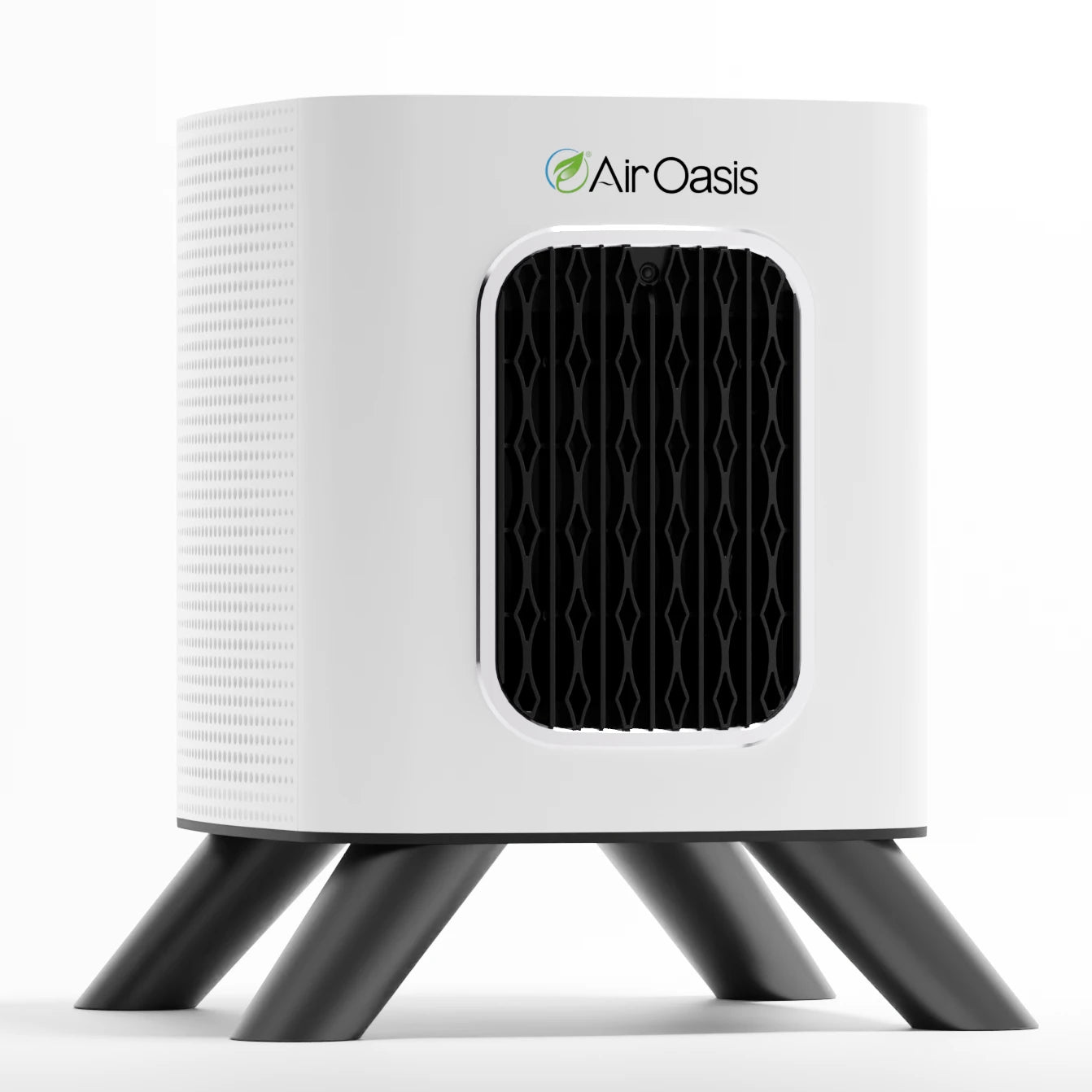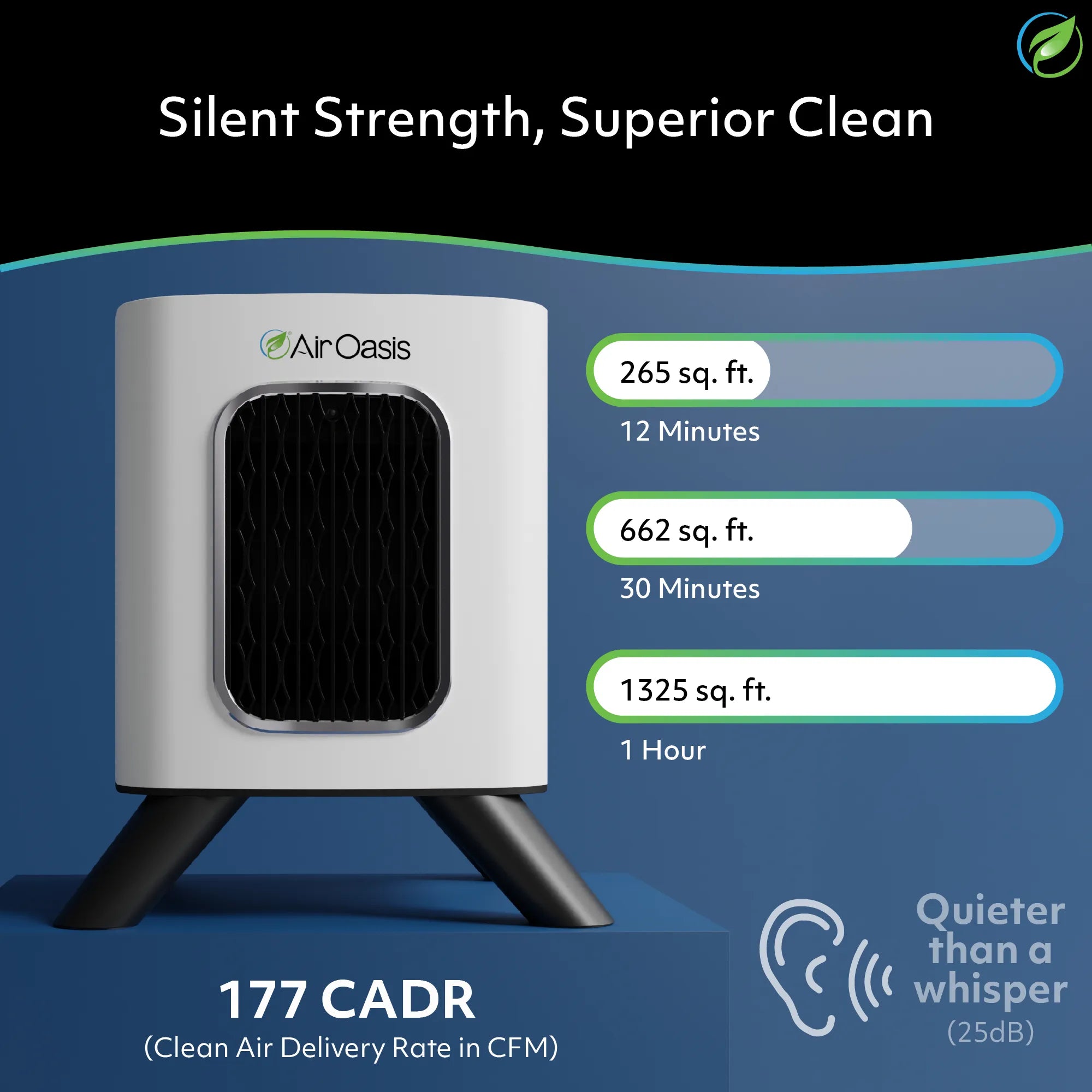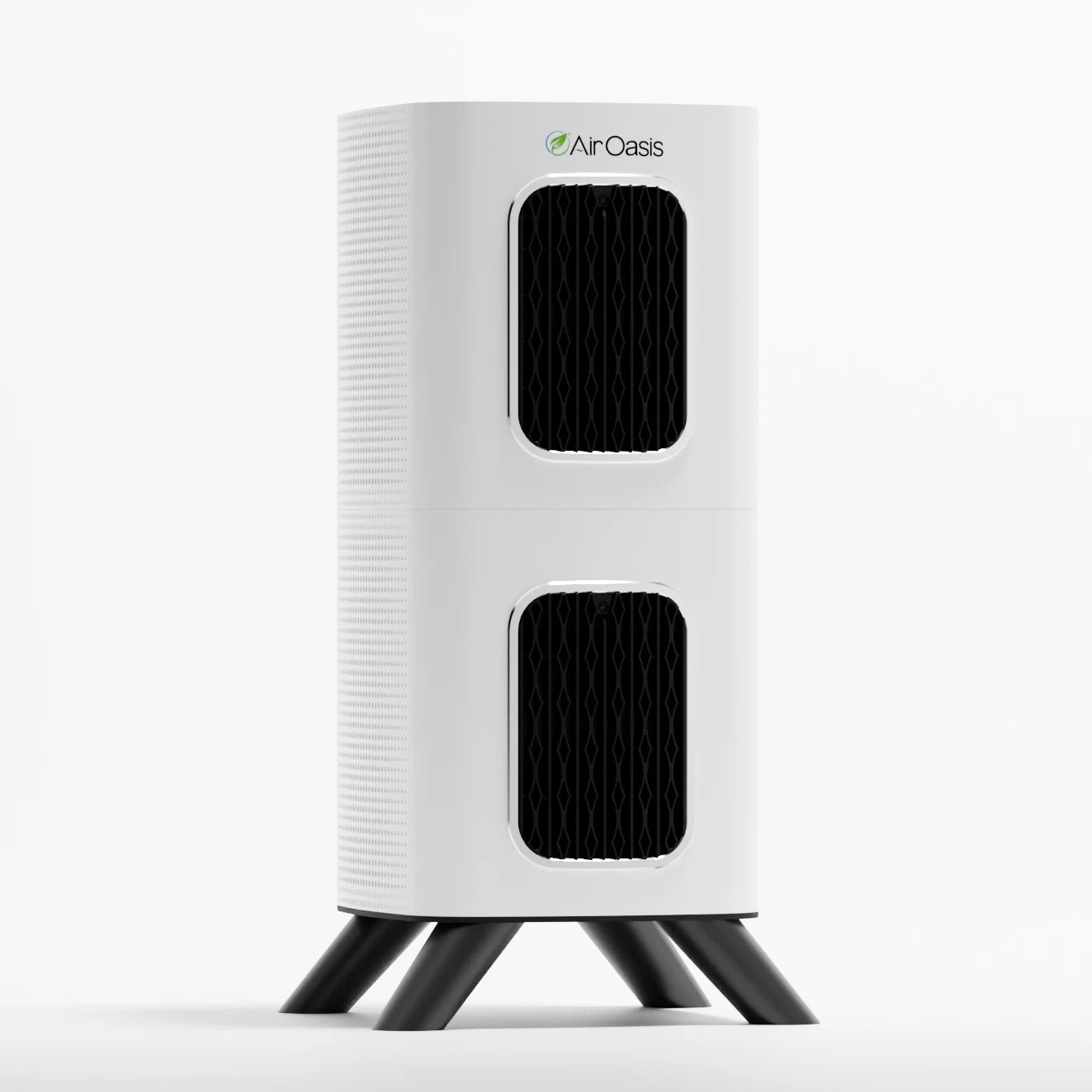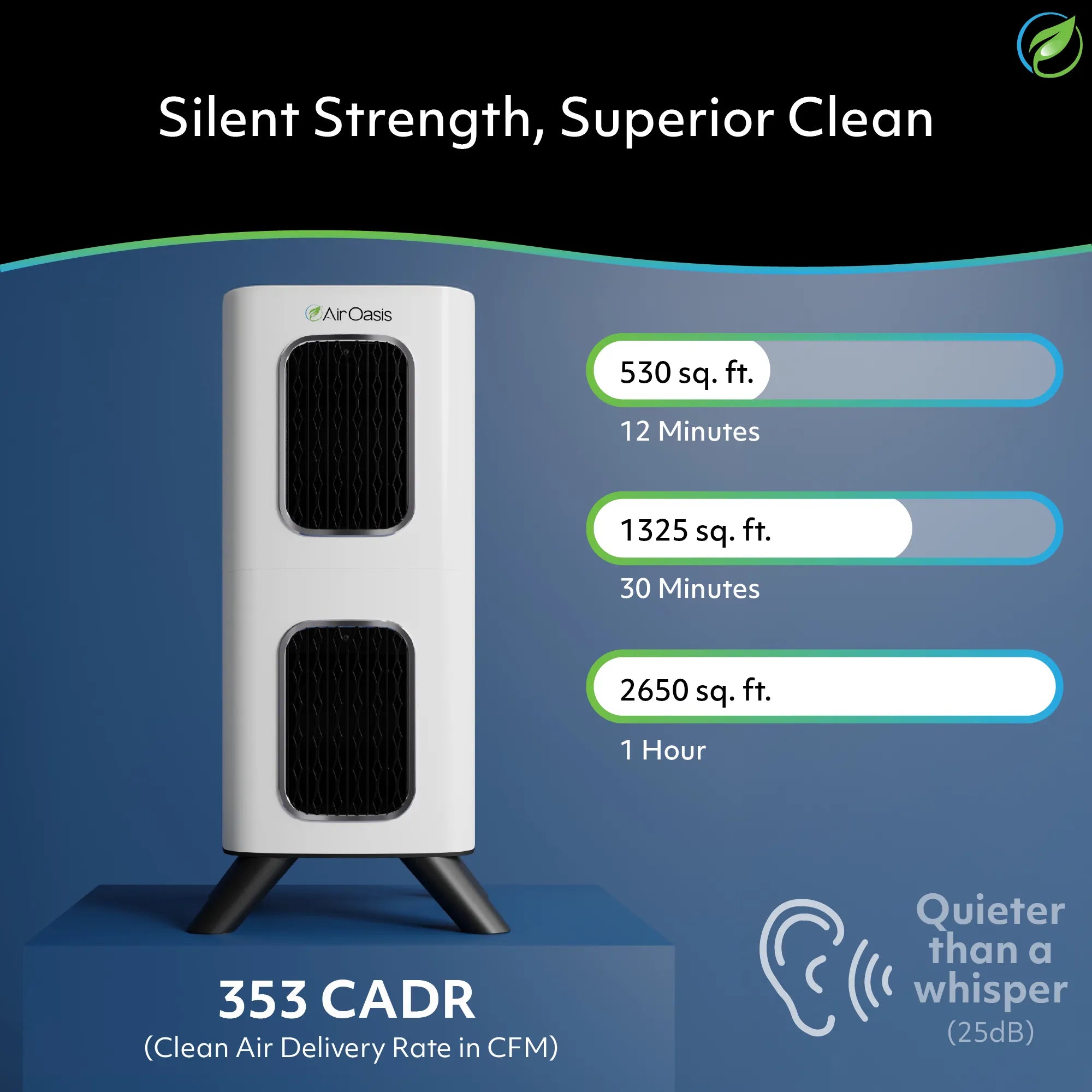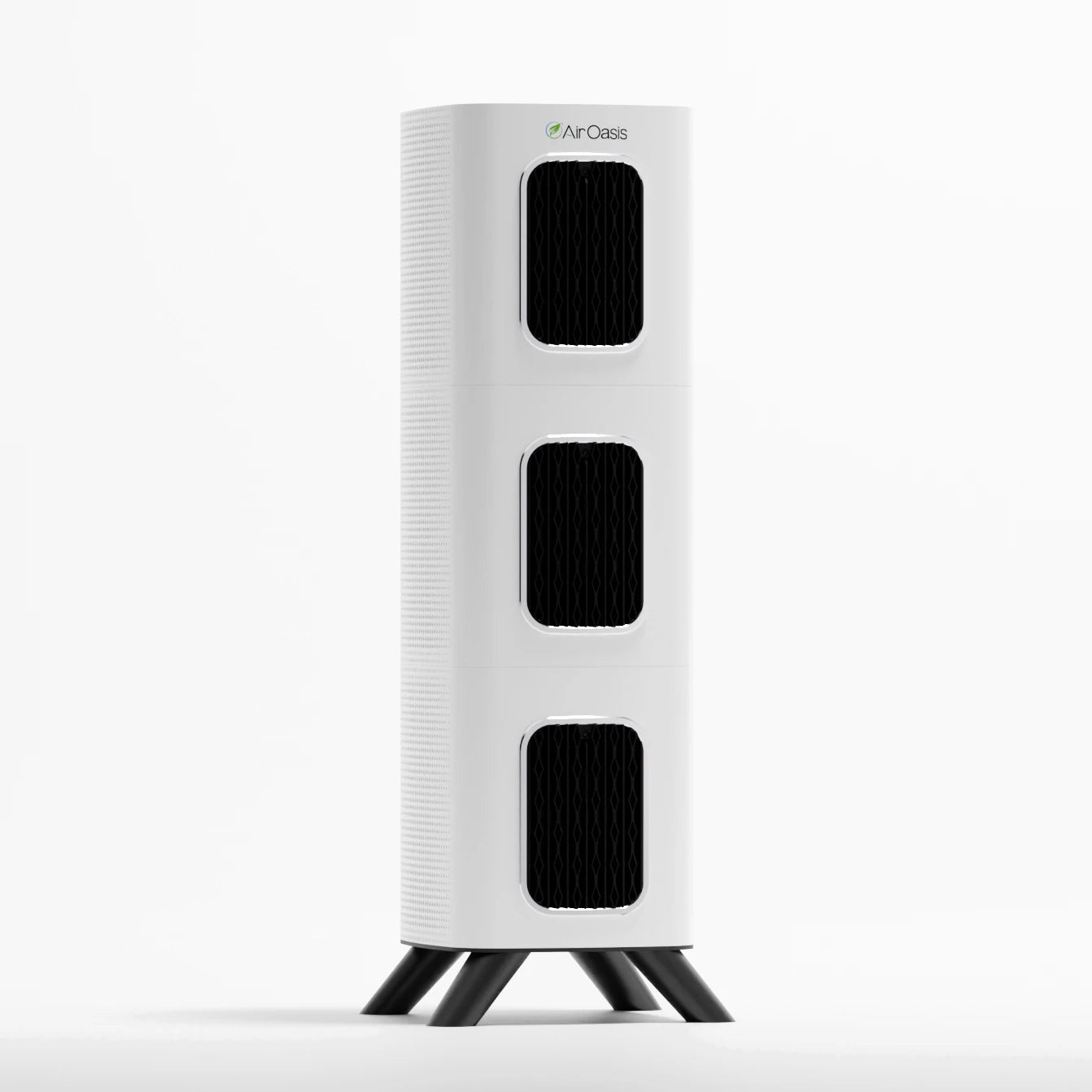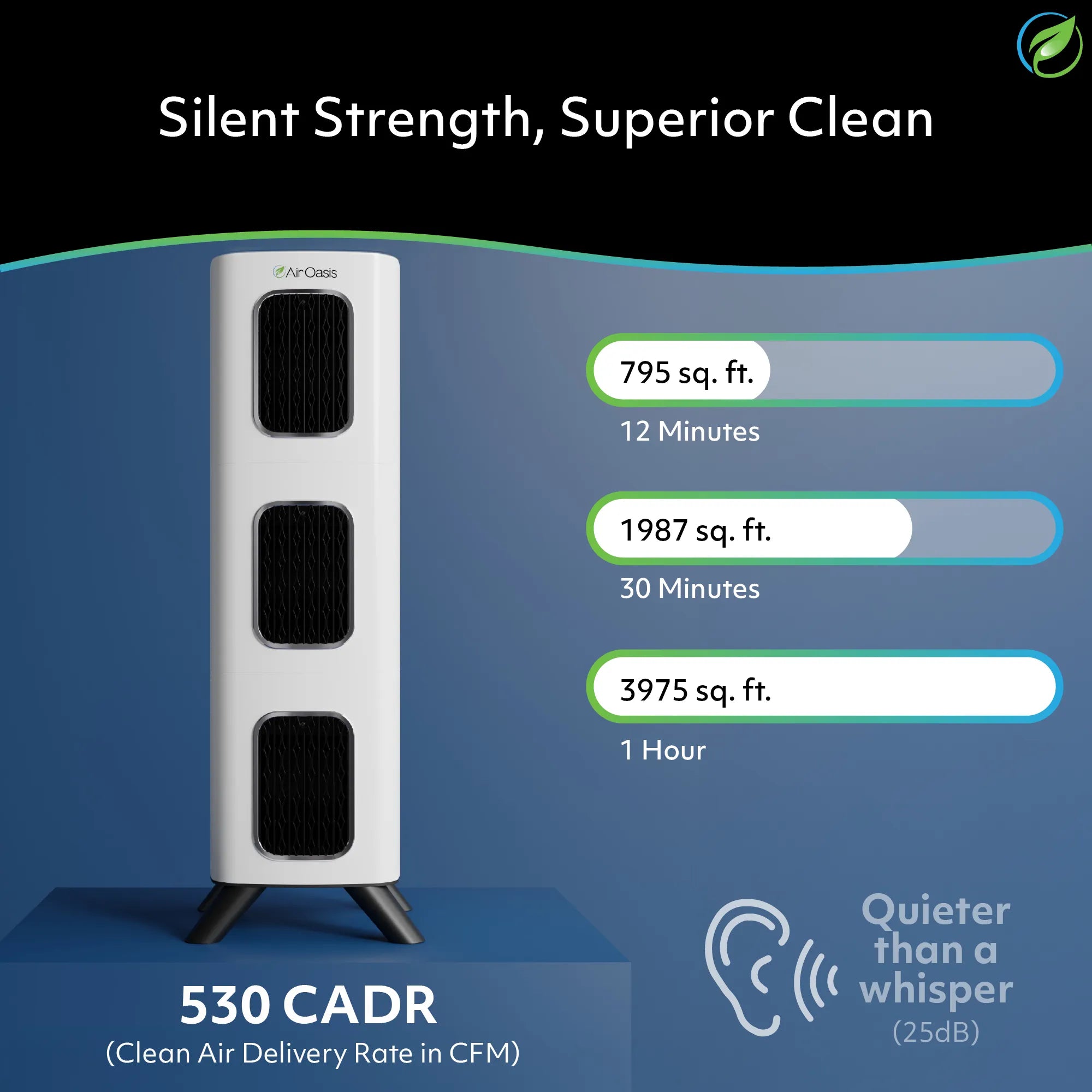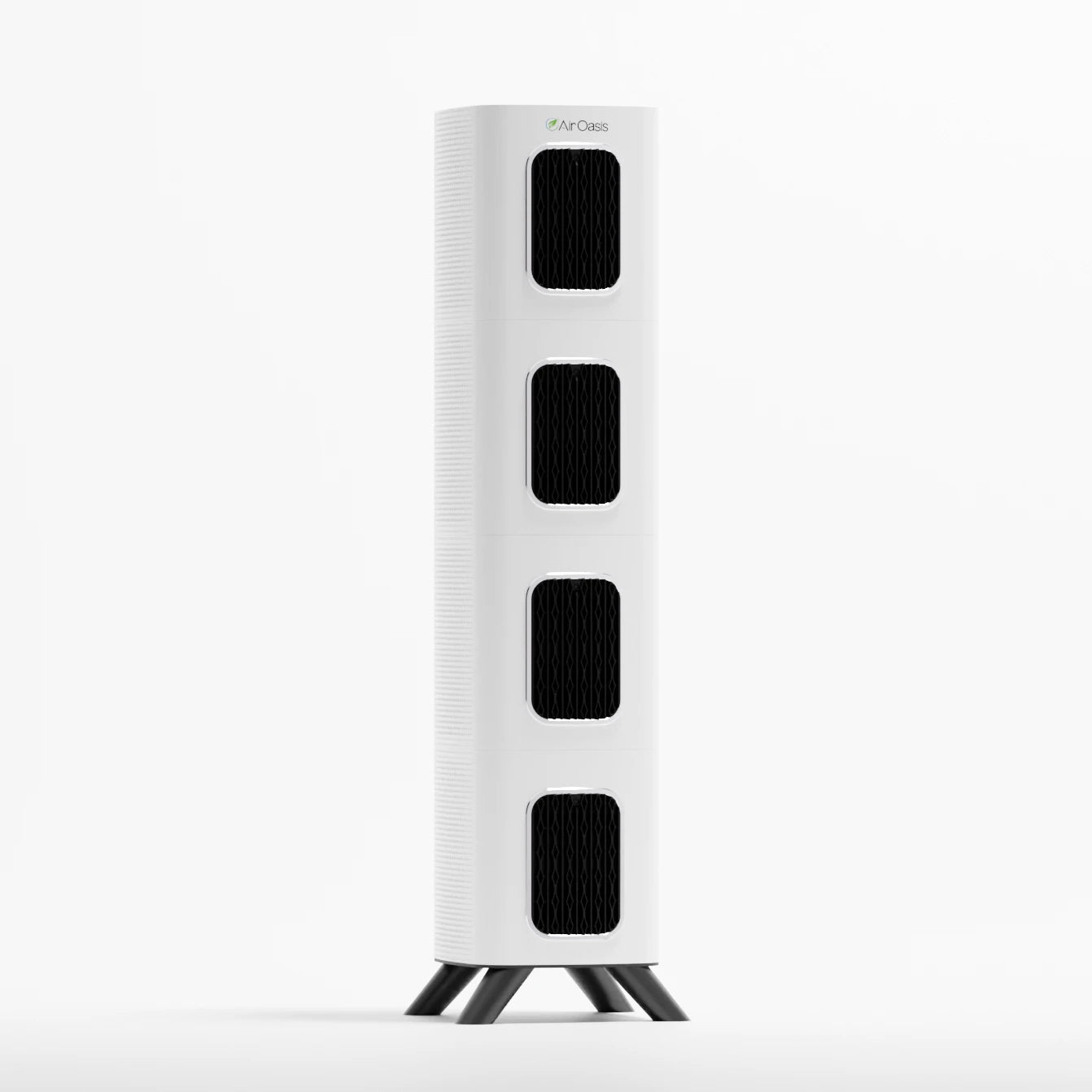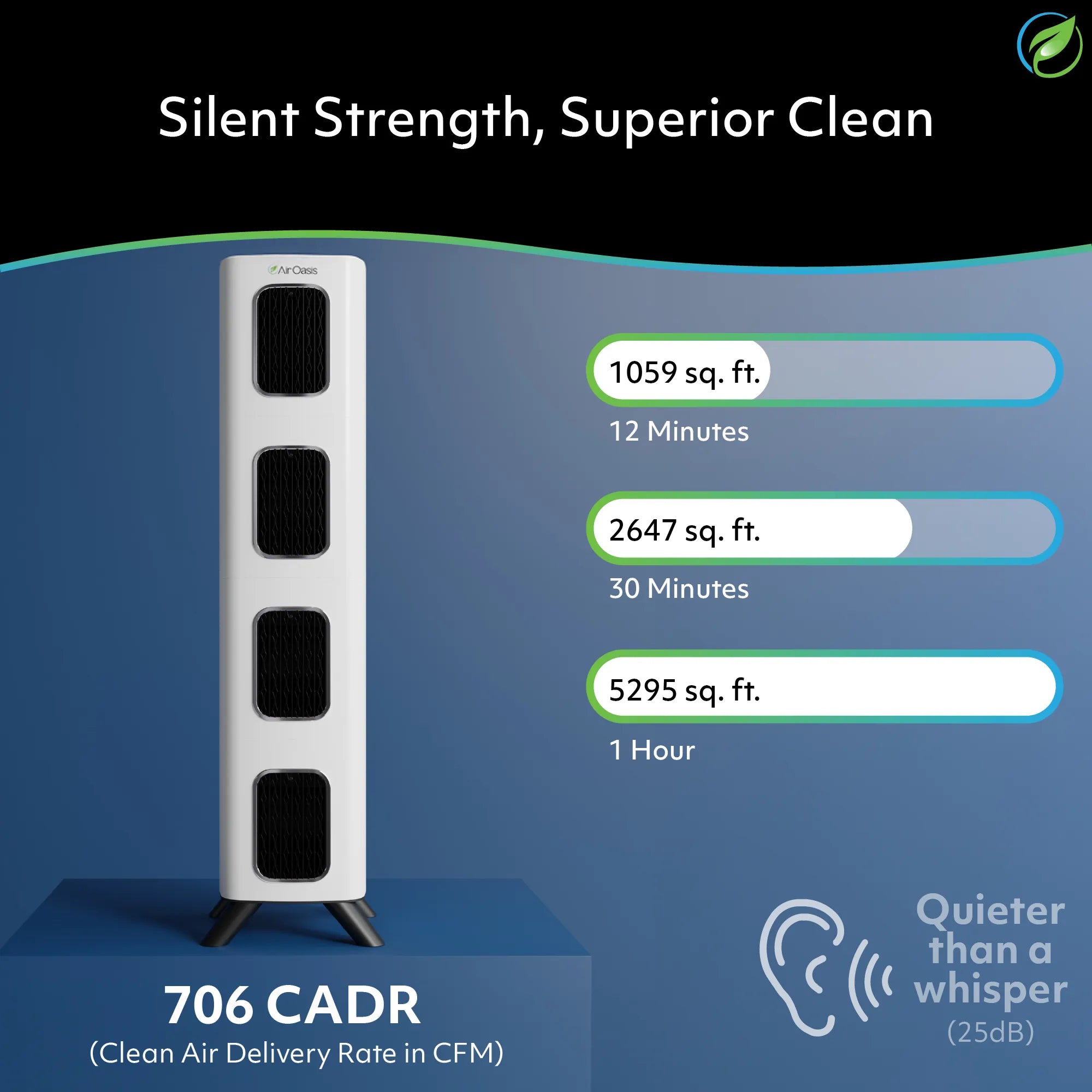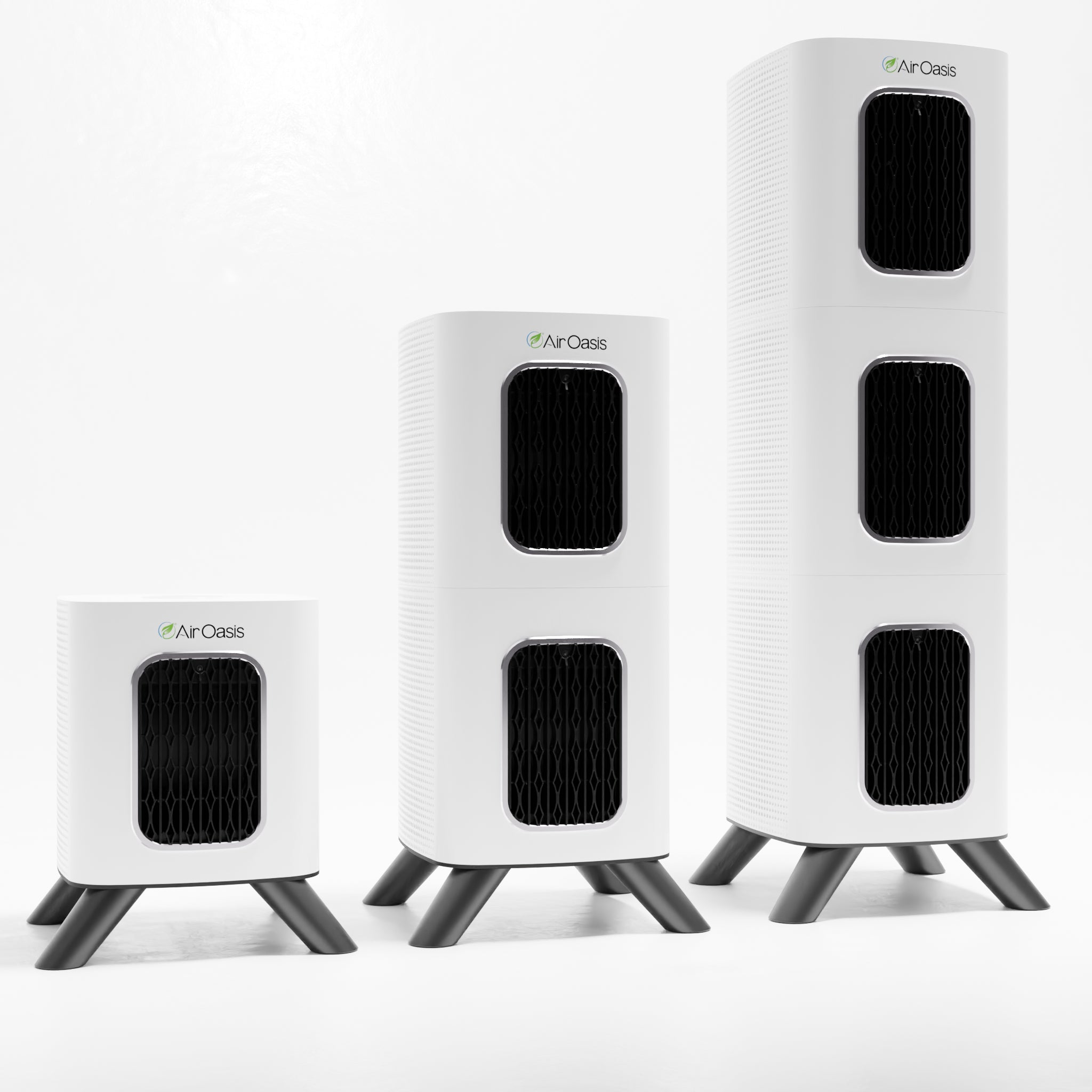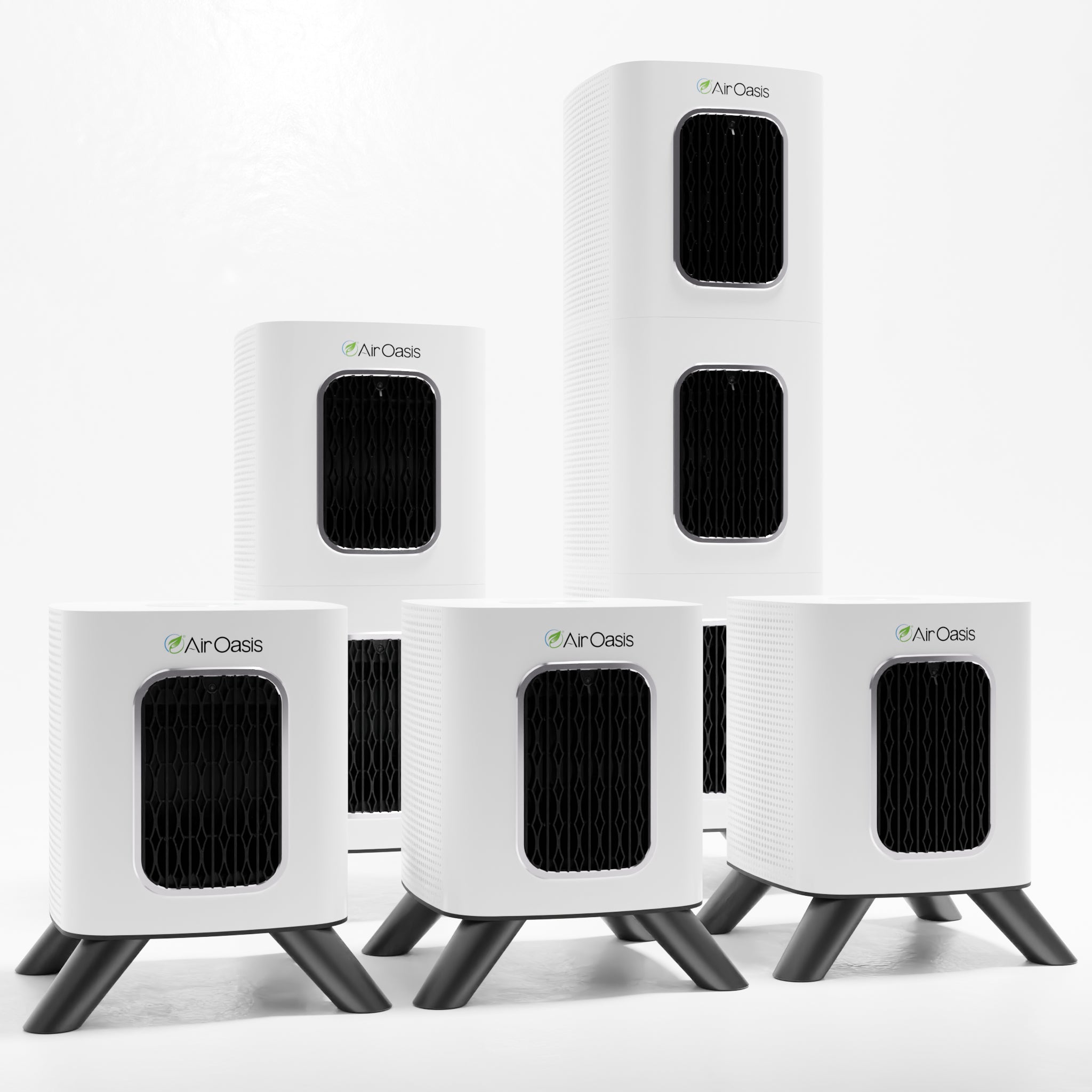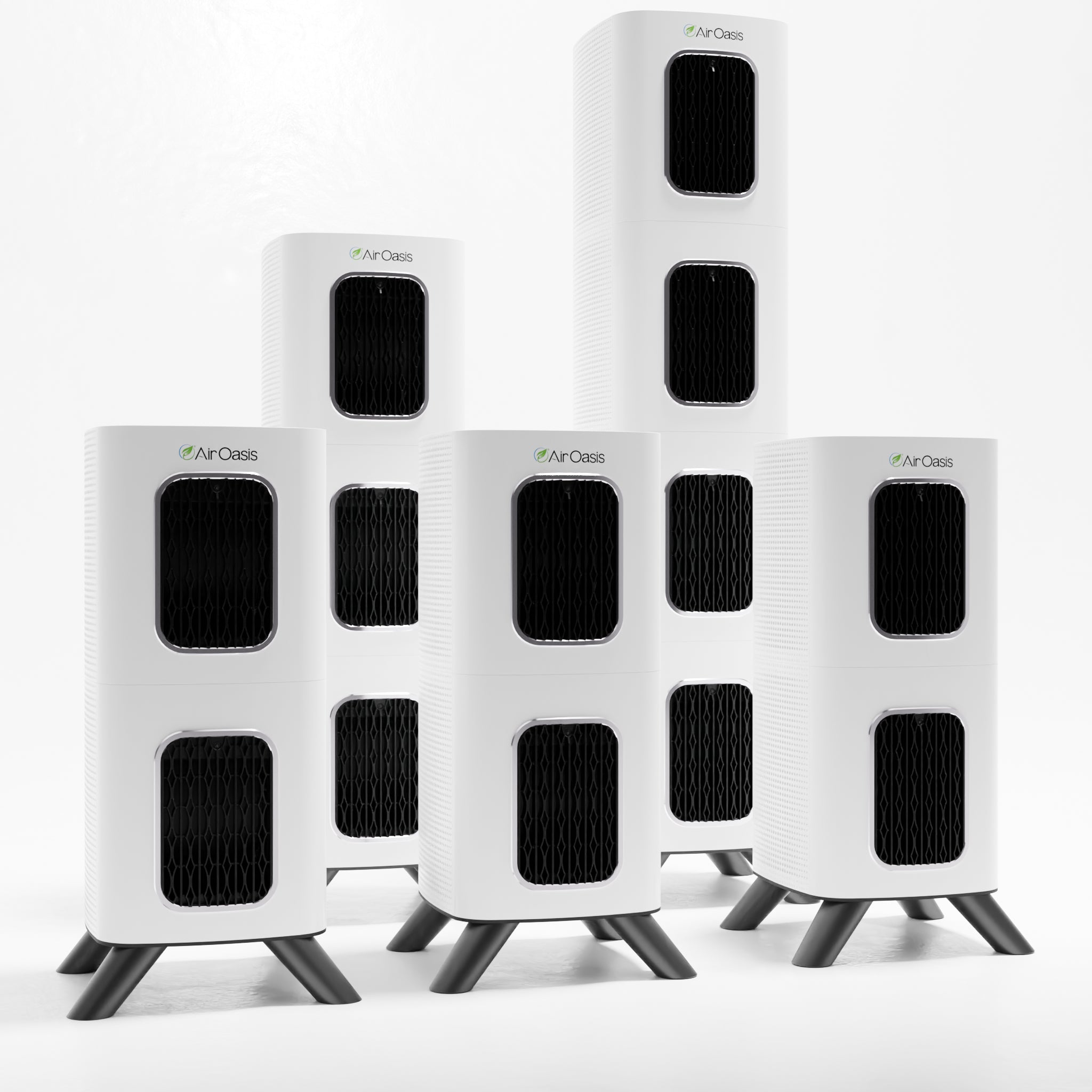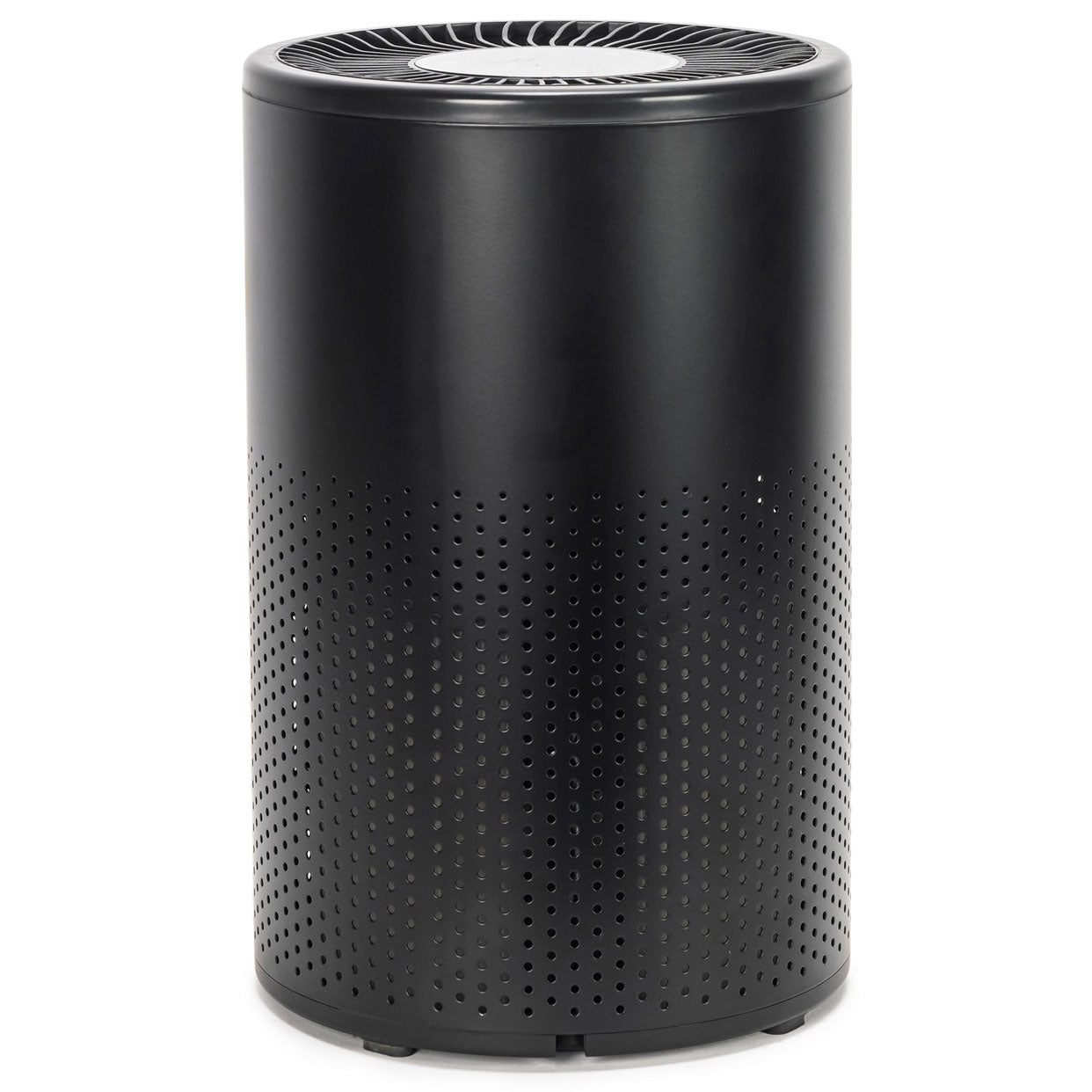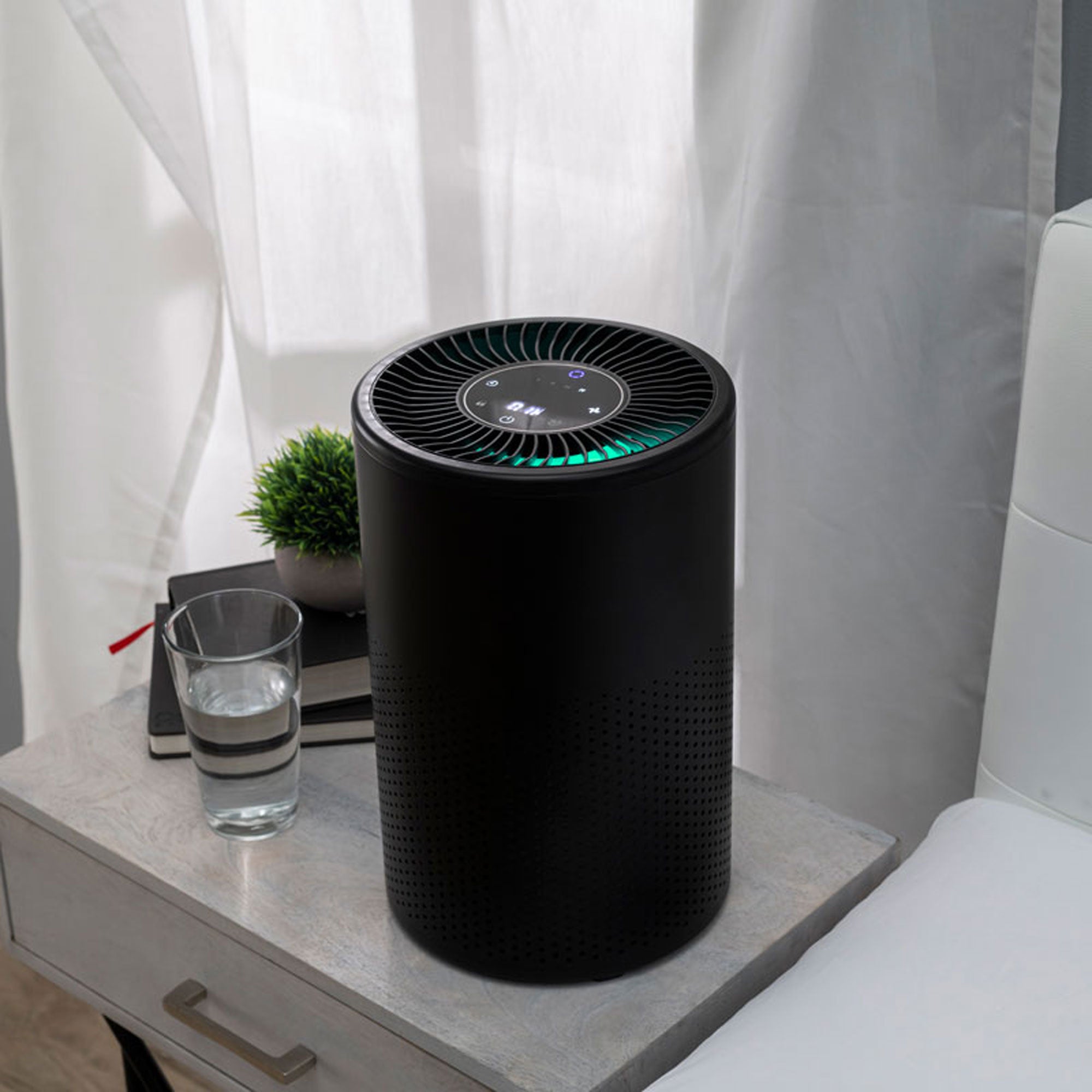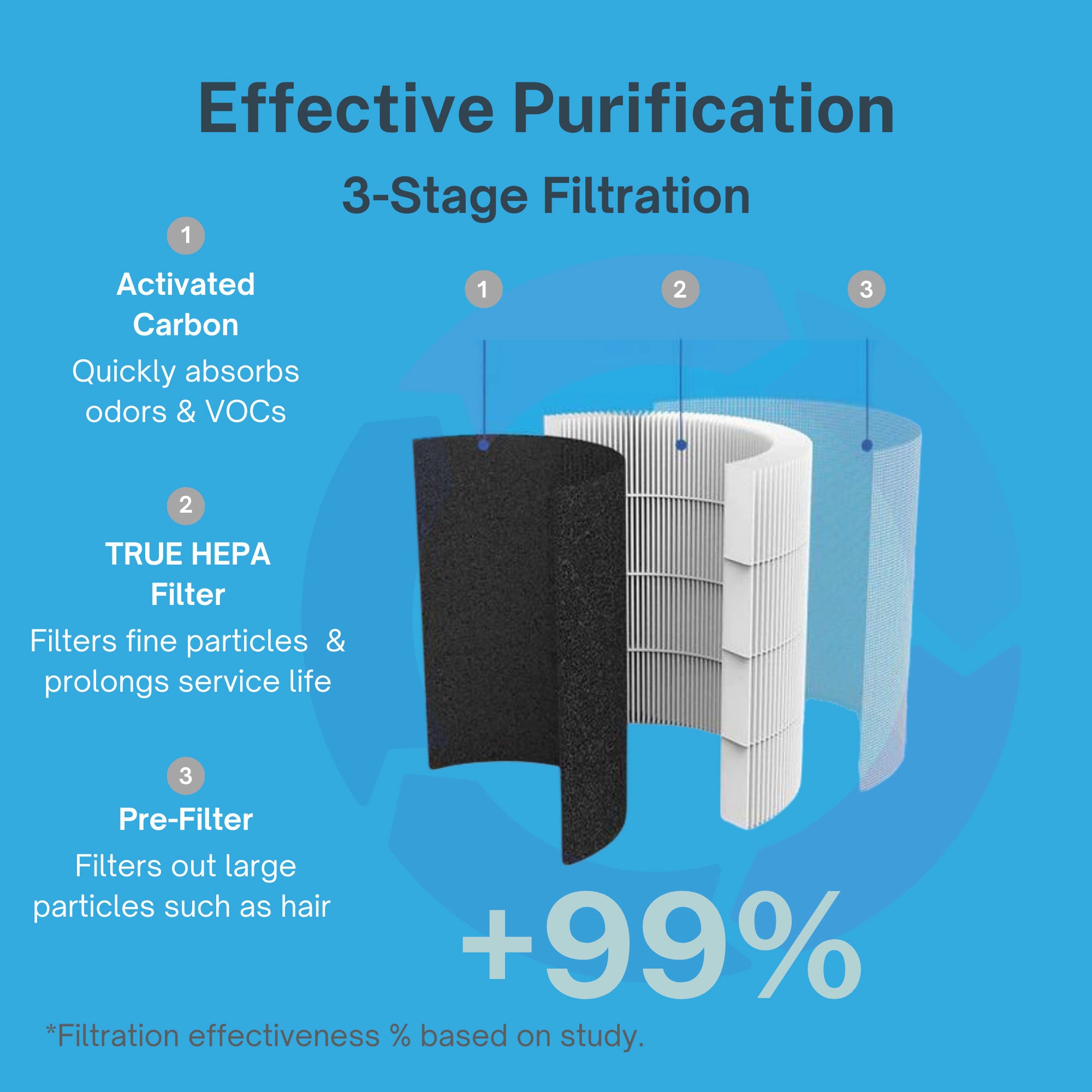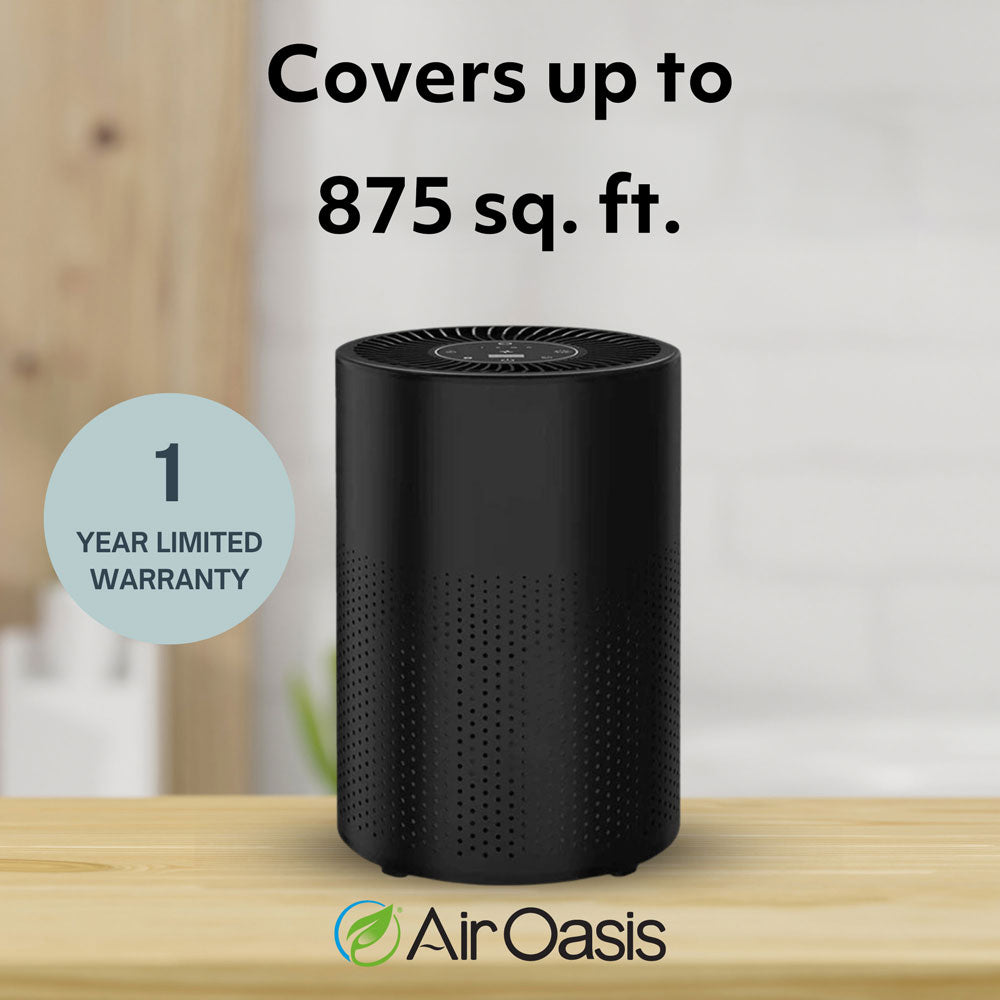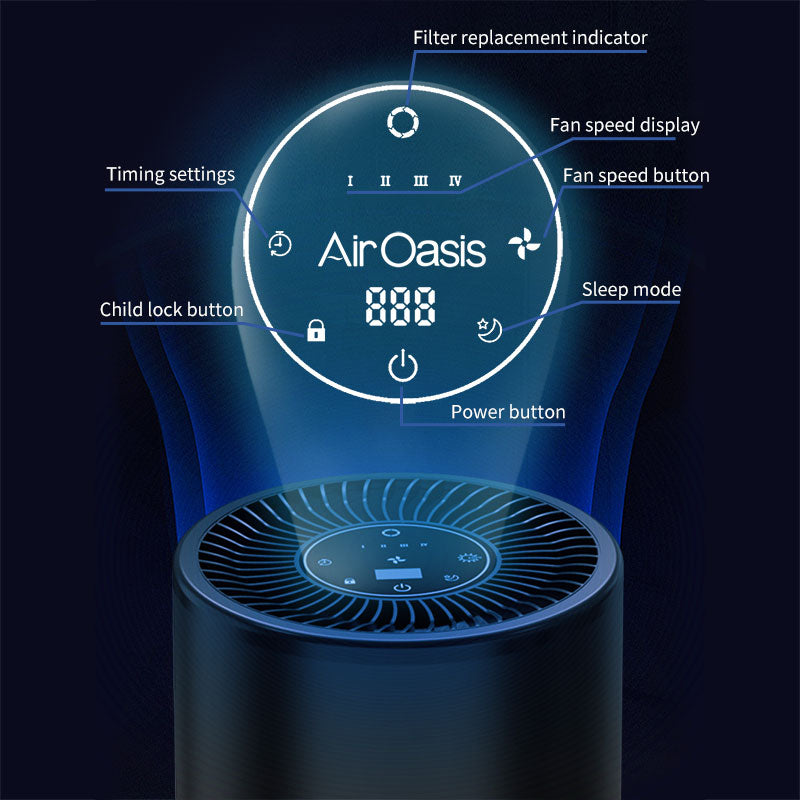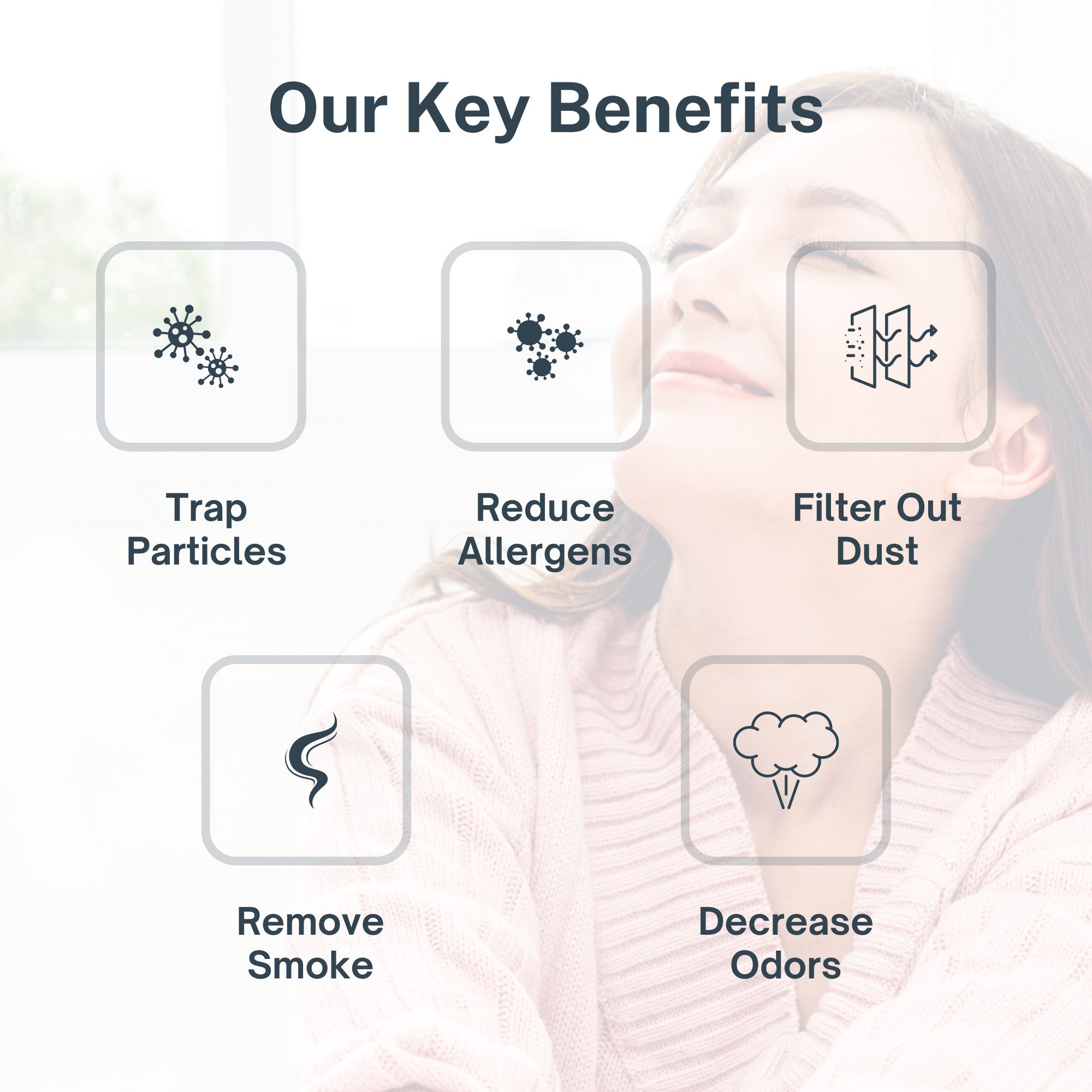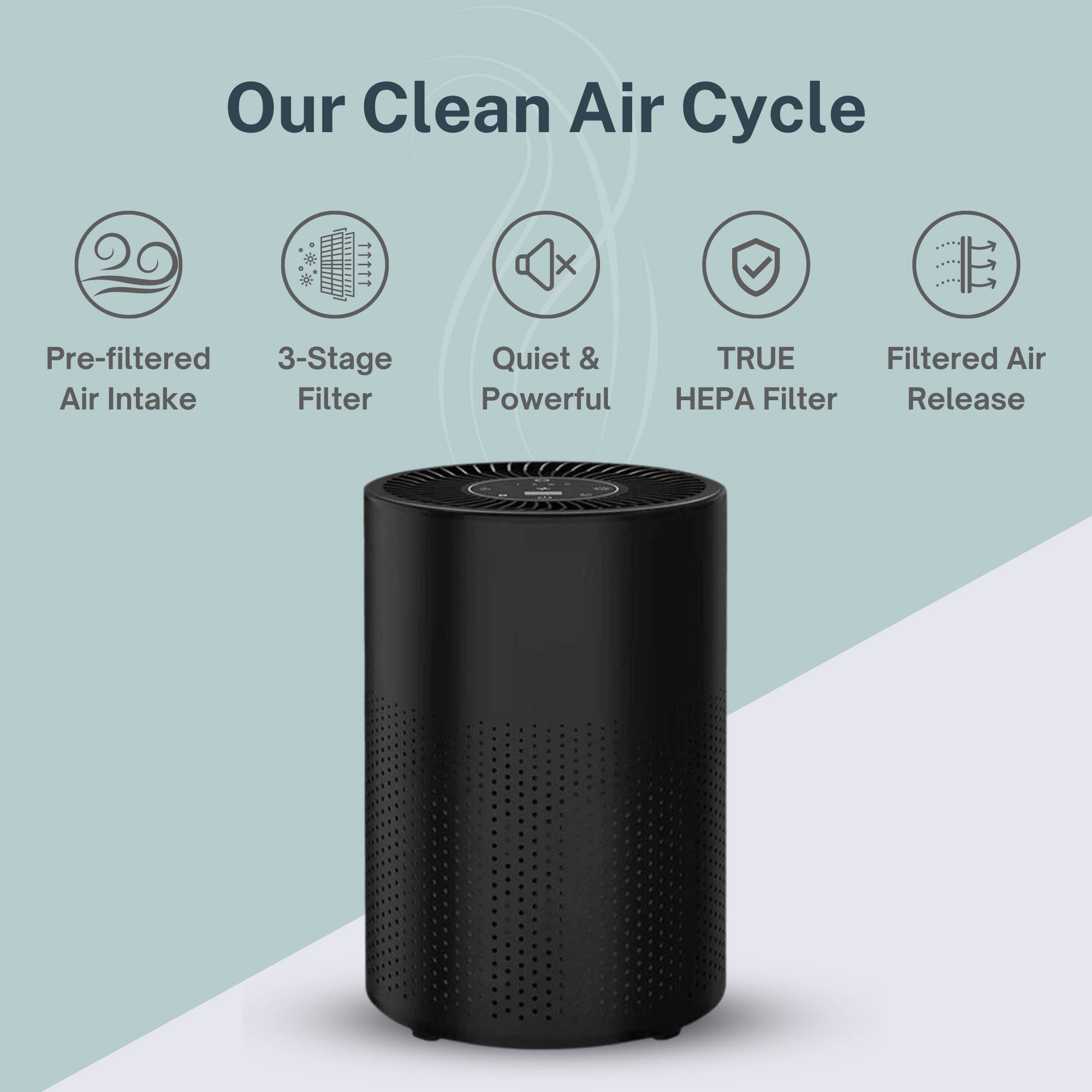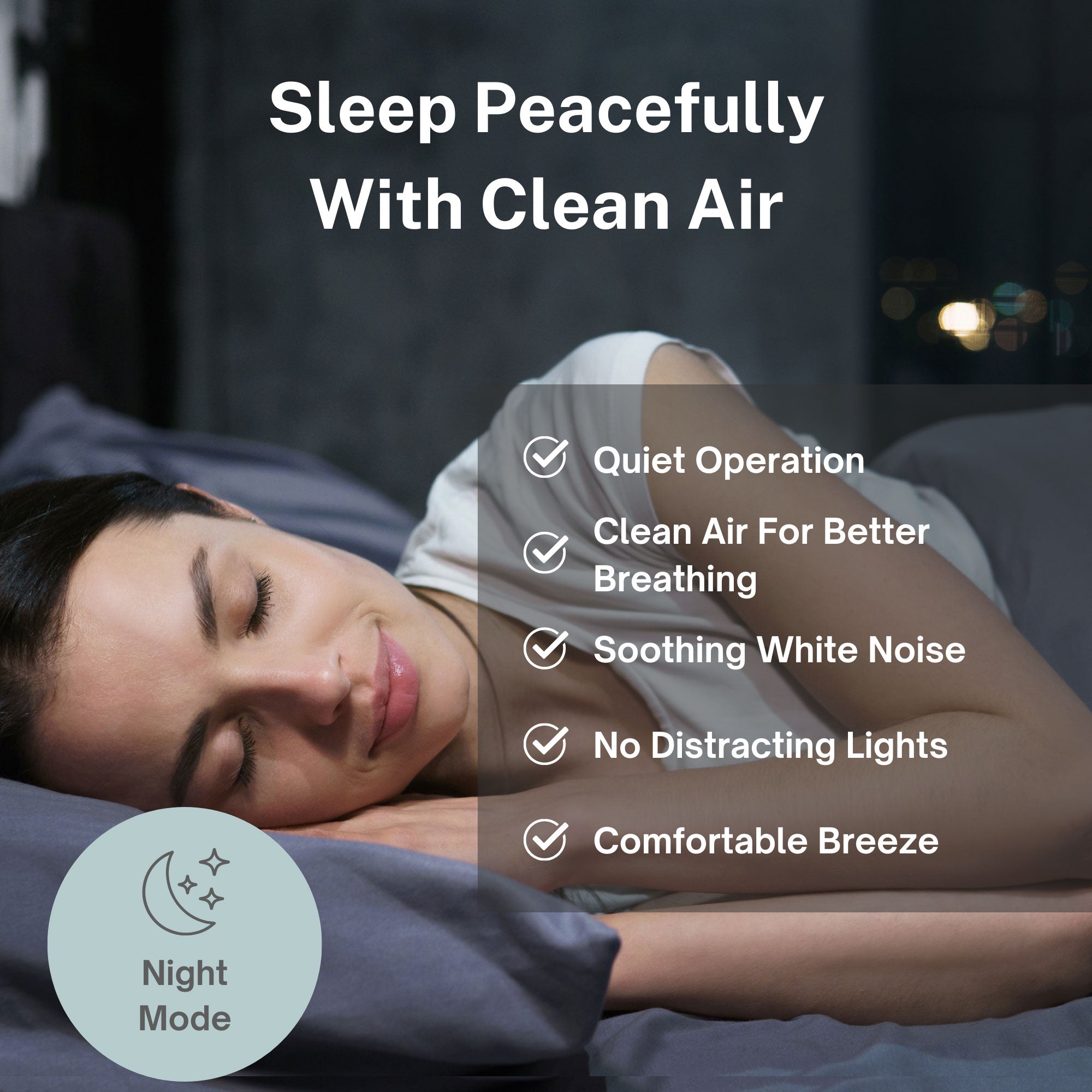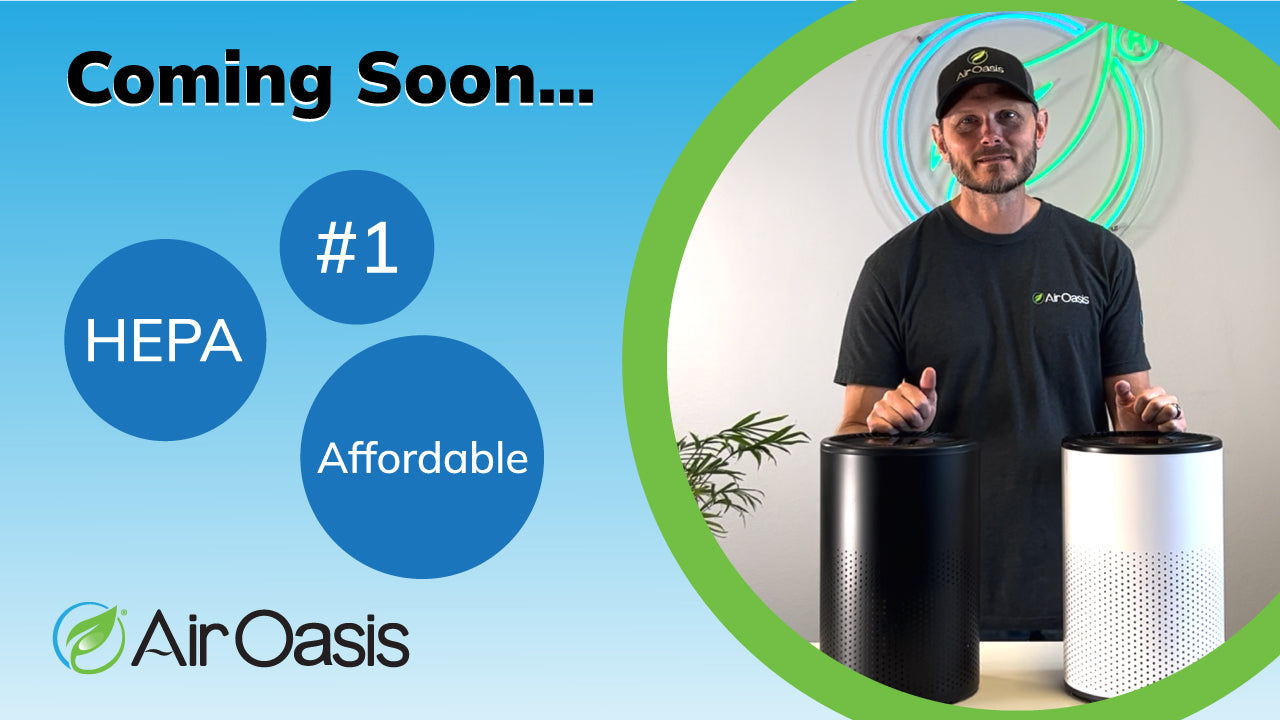Every breath you take contains billions of microscopic particles called aerosols - tiny fragments of matter suspended in air that range from volcanic ash and sea salt to soot from fossil fuels and synthetic fibers from your clothing. These invisible particles, measured in micrometers and nanometers, play crucial roles in climate patterns, cloud formation, and most importantly for your daily life, indoor and outdoor air quality that directly impacts your respiratory health.
Understanding aerosols becomes essential when you realize that in each cubic centimeter of air around you, hundreds or thousands of these particles float unseen, with some so small they consist of just a few molecules while others remain large enough to be visible yet light enough to stay airborne for extended periods.
The Complex World of Atmospheric Particulates
Aerosols exist in an extraordinary range of sizes, with the smallest particles - those under 1 micrometer - capable of remaining suspended in the atmosphere for weeks. According to NASA's atmospheric research, these microscopic particles include natural sources like volcanic ash, pollen, and sea salt, alongside human-generated pollutants from burning fossil fuels in power plants, vehicles, and industrial facilities.
The relationship between particle size and atmospheric residence time directly affects human exposure patterns. Larger particles typically settle within hours due to gravity, while ultrafine particles can travel vast distances through air currents, penetrating deep into buildings and indoor environments where we spend 90% of our time. This size-dependent behavior means the most dangerous particles - those small enough to bypass respiratory defenses - remain airborne longest and pose the greatest health risks.
Recent atmospheric monitoring reveals concerning trends in aerosol composition, with human activities contributing significantly to particle loads that exceed natural background levels. The scanning electron microscope images from NASA research demonstrate the diverse morphology of these particles, from the jagged surfaces of volcanic ash to the spherical structure of sea salt and the complex aggregates of combustion soot.
Health Impacts of Aerosol Exposure in Indoor Environments
When aerosols penetrate indoor spaces, they create persistent exposure environments that can significantly impact respiratory and cardiovascular health. The smallest particles - particularly those under 2.5 micrometers (PM2.5) - can penetrate deep into alveolar tissue where oxygen exchange occurs, potentially triggering inflammatory responses and contributing to chronic respiratory conditions.
The Air Oasis iAdaptAir systems address this challenge through multi-stage filtration designed specifically to capture particles across the entire aerosol size spectrum. True HEPA filtration removes 99.97% of particles as small as 0.3 micrometers, while activated carbon absorption targets volatile organic compounds that often accompany aerosol pollution.
Indoor aerosol concentrations frequently exceed outdoor levels due to poor ventilation, indoor sources like cooking and cleaning activities, and the accumulation effect of enclosed spaces. Unlike outdoor environments where wind disperses particles, indoor aerosols can reach equilibrium concentrations that maintain steady exposure levels throughout the day. This creates particular concern for vulnerable populations including children, elderly individuals, and those with existing respiratory conditions who spend significant time indoors.
Natural vs. Human-Generated Aerosol Sources
The distinction between natural and anthropogenic aerosols has profound implications for air quality management and health protection strategies. Natural aerosols from sources like sea spray, volcanic eruptions, and biological processes have existed throughout Earth's history and contributed to climate regulation through cloud formation and solar radiation scattering.
However, human activities have dramatically altered atmospheric aerosol composition and concentration. Fossil fuel combustion generates complex mixtures of particles containing toxic compounds like polycyclic aromatic hydrocarbons, heavy metals, and sulfates that pose direct health risks beyond simple physical irritation.
The paradoxical climate effects of aerosols - where particles can both cool the planet through solar reflection and warm it through heat absorption - highlight the complexity of atmospheric chemistry. Black carbon from incomplete combustion absorbs solar energy and contributes to warming, while sulfate particles reflect sunlight and provide cooling effects. This duality means that reducing aerosol pollution for health benefits may accelerate climate warming, emphasizing the need for comprehensive environmental strategies.
Practical Strategies for Reducing Aerosol Exposure
Minimizing aerosol exposure requires a multi-faceted approach that addresses both outdoor sources and indoor accumulation. The most effective strategy involves creating clean indoor environments through advanced air purification technology that continuously removes particles regardless of their source or composition.
The Air Oasis comprehensive air cleaning approach combines multiple technologies to address different aspects of aerosol contamination. HEPA filtration captures solid particles, activated carbon absorbs gaseous pollutants that often accompany aerosols, and UV-C technology neutralizes biological particles that contribute to indoor particle loads.
Beyond technological solutions, simple behavioral modifications can significantly reduce exposure. Avoiding outdoor activities during high pollution periods, using exhaust fans while cooking, maintaining HVAC systems with quality filters, and minimizing indoor combustion sources all contribute to lower aerosol concentrations. However, these passive measures alone cannot achieve the dramatic reductions in particle exposure that active air purification provides.
The Future of Aerosol Science and Air Quality Protection
Emerging research continues revealing new aspects of aerosol behavior and health impacts that inform air quality protection strategies. Advanced monitoring techniques now detect particles previously too small to measure, while toxicological studies demonstrate health effects at exposure levels once considered safe.
The relationship between aerosols and climate change adds urgency to air quality management, as efforts to reduce greenhouse gas emissions must account for aerosol interactions that influence atmospheric temperatures. This complexity requires sophisticated approaches that protect human health while managing climate impacts - precisely the type of comprehensive thinking that drives innovation in air purification technology.
As our understanding of aerosol science advances, the importance of proactive indoor air quality management becomes increasingly clear. Rather than waiting for outdoor air quality improvements that may take decades to achieve, individuals can immediately protect their health through advanced air purification systems that create clean indoor environments regardless of external conditions.
Clear Air in an Aerosol-Filled World
Aerosols represent one of the most pervasive yet invisible threats to daily air quality, affecting everything from climate patterns to the air you breathe in your bedroom. Understanding these microscopic particles empowers you to take control of your exposure through proven air purification technology. Don't let invisible pollution compromise your respiratory health. Shop Air Oasis today and create a clean air sanctuary that filters out harmful aerosols and protects your family's wellbeing.





